ROOTED IN HEALING
Why Mental Health Care Must Include the LGBTQ Community
In this blog, we’ll explore why traditional mental health systems often fail LGBTQ individuals, what truly affirming care looks like, and how our team at Urban Restoration Counseling Center is creating safer, more supportive spaces for healing.
The Disproportionate Impact of Mental Health Issues on LGBTQ Individuals
LGBTQ individuals aren’t more likely to struggle with mental health because of who they are, but because of what they face. Things like rejection, discrimination, and feeling unsafe in your own community can take a serious emotional toll.
Higher Risk of Mental Health Struggles
LGBTQ people face higher rates of depression, anxiety, substance use, and suicidal thoughts compared to their straight, cisgender counterparts.
A 2023 survey by The Trevor Project found that 41% of LGBTQ youth seriously considered suicide in the past year. The numbers were even higher for transgender and nonbinary youth. These statistics reflect real people trying to survive in environments that often deny them safety, support, or belonging.
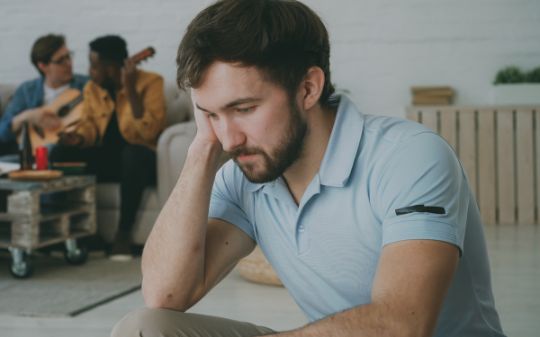
1. Rejection and Social Isolation
Many LGBTQ individuals face rejection from their families, schools, or faith communities—the very places where most people turn for support. That lack of affirmation can lead to chronic feelings of loneliness and abandonment.
2. Stigma and Internalized Shame
Growing up in environments where queer or trans identities are seen as “wrong” can leave lasting emotional scars. Over time, people may begin to internalize those harmful beliefs, which can result in low self-esteem, identity confusion, and difficulty forming healthy relationships.
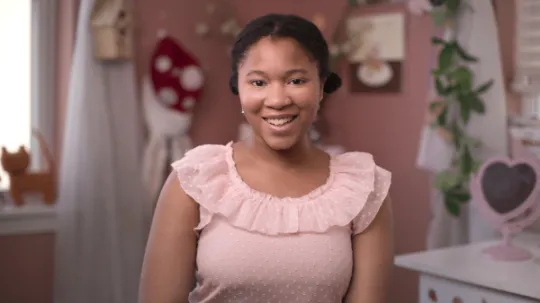
3. Double Discrimination for LGBTQ BIPOC
The mental health burden is even heavier for LGBTQ individuals who are also Black, Indigenous, or People of Color. These communities face both racism and queerphobia, often at the same time. It’s not just about one form of discrimination; it’s the overlap that creates deeper stress and emotional exhaustion.
4. Lack of Safe Spaces
Without spaces where they feel seen and accepted, many LGBTQ people withdraw or mask their true identities. This constant need to “manage” how they show up in the world adds another layer of stress that others may not fully understand.
Why It Matters for Public Health
When an entire community is consistently exposed to emotional harm, we need to examine the systems and structures that allow that harm to persist. Recognizing the mental health challenges LGBTQ people face is the first step. But meaningful change comes from addressing the root causes, creating affirming environments, and ensuring everyone has access to care that truly sees them.
Why Traditional Mental Health Systems Fall Short
These are a few reasons why traditional systems fall short:
A Lack of Representation
It’s hard to open up when you don’t feel seen. Many LGBTQ clients struggle to find therapists who share or understand their identity. This lack of representation can create a distance between client and provider, making it difficult to build the trust needed for real healing.
Harmful Missteps—Even When Unintentional
Even well-intentioned therapists can make mistakes. Misgendering a client, making assumptions about sexuality, or minimizing lived experiences—these microaggressions may seem small, but leave lasting impacts. For someone already hesitant to seek help, one bad experience can be enough to turn away from care altogether.
Lingering Trauma From the Past
For many in the LGBTQ community, especially older adults, therapy hasn’t always felt safe. Practices like conversion therapy left deep scars. While rare today, the memory of those experiences still shapes how some view mental health services, often with fear or skepticism.
Barriers Beyond the Therapy Room
Getting help isn’t always just about finding the right therapist. For LGBTQ people, especially youth or those without family support, access can be a huge hurdle. Common challenges include:
● High costs and lack of insurance coverage
● Limited transportation options
● Fear of being outed when seeking care
These aren’t just inconveniences. They’re structural barriers that make support feel out of reach.
Identity Is Not Optional
Many traditional models aim to be “neutral” by ignoring identity in treatment. But for LGBTQ individuals, identity is a crucial part of understanding trauma and building a path toward healing. It can’t and shouldn’t be left at the door.
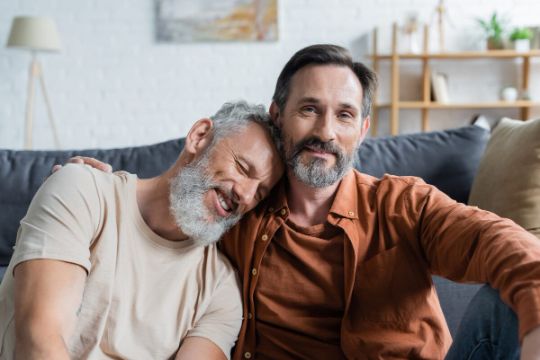
The Importance of Culturally Affirming and Inclusive Therapy
For LGBTQ individuals, mental health support must do more than offer a safe space. It has to recognize and affirm who they are, fully and without conditions. Culturally affirming therapy does this by centering a person’s gender identity and sexual orientation as key parts of their mental and emotional well-being.
Why Affirming Care Matters
Inclusive therapy creates emotional safety. It gives LGBTQ individuals the freedom to be themselves without having to explain, correct, or defend who they are. That alone builds trust, something essential in any therapeutic relationship.
When people feel understood, they’re more willing to open up and explore challenges like trauma, rejection, and shame. But affirming therapy doesn’t just focus on struggle. It also helps them connect with joy, resilience, and self-worth.
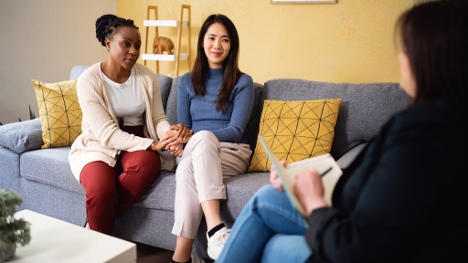
What Makes a Therapist Affirming?
Therapists who offer inclusive care:
● Understand how discrimination, rejection, and societal pressure impact mental health
● Avoid assumptions about gender, sexuality, or relationships
● Know how to validate identity without treating it like a problem
● Stay informed about current LGBTQ experiences and issues
● Make space for the client’s whole story—not just symptoms
● Acknowledge their own privilege and take accountability when misgendering occurs, centering the client’s experience rather than their mistake
This kind of care allows people to heal in a way that feels real and rooted in who they are.
Therapy as a Tool for Empowerment
That kind of connection doesn’t just offer comfort, it has the power to transform the way they view themselves and their place in the world.

How Mental Health Providers Can Build Safer Spaces for LGBTQ Clients
Affirming mental health care goes beyond kindness or good intentions. It’s about building an environment, both interpersonal and systemic, where LGBTQ clients feel safe, seen, and respected. That means reshaping everyday practices, language, and spaces to meet people where they are.
Here’s what that can look like in real terms:
Start with Inclusive Intake Processes
The first point of contact matters. From forms that offer a range of gender identity and sexual orientation options to asking for pronouns respectfully, these small but intentional steps make a strong first impression. They show that the provider sees and respects the client from the start.
What’s in the room sends a message. Books, posters, and small symbols of inclusion, like a pride flag, signal to LGBTQ clients that they are welcome and valued. These visible cues help counter past experiences of exclusion and create a sense of safety before you start any conversation.
Go Beyond One-Time Training
A single training session won’t prepare anyone to support LGBTQ clients well. Providers need consistent, ongoing education focused on lived experiences, cultural context, and best practices. The goal is not to memorize facts, but to build cultural humility and openness to feedback.
Prioritize Representation and Allyship
Representation in the therapy space can be powerful. When clients see providers who share or deeply understand their experiences, it can strengthen trust. But even when identities don’t match, genuine allyship—shown through listening, care, and accountability—makes a real difference.
Build Inclusive Systems, Not Just Practices
Therapists work within systems, and those systems must also support inclusive care. Mental health practices should regularly review their referral partners, community relationships, and staff policies to ensure they align with LGBTQ-affirming values. Encouraging open dialogue among staff is just as important as client-facing actions.
Change doesn’t come from good intentions alone. It comes from building better systems, on purpose.
Our Approach at URCC
At Urban Restoration Counseling Center, we have always believed that therapy should meet people where they are. That belief is what led us to develop Healing Our Rainbow, a program designed specifically for LGBTQ individuals seeking culturally aware and emotionally safe support.
This program is a dedicated space built for exploration, processing, and growth. We recognize that healing from trauma tied to identity requires not just empathy, but understanding. And our clinicians are equipped to provide both.
Healing Our Rainbow welcomes people of all gender identities and sexual orientations, with special care given to BIPOC individuals whose experiences often include compounded forms of discrimination. We explore themes like family rejection, coming out, finding chosen family, and reclaiming identity—all within a space where no one has to filter their truth.
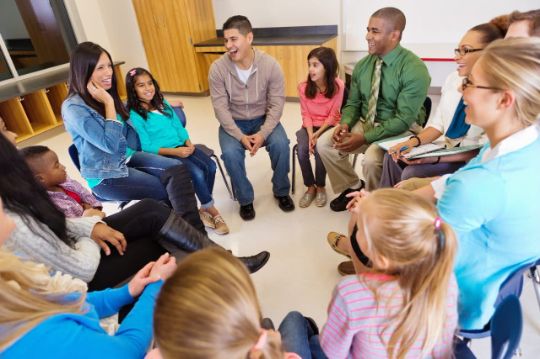
This program is just one part of our broader work at URCC. Through inclusive mental health services, our Therapy For All initiative, and trauma-informed group work, we aim to reduce barriers and make care accessible to more people.
At Urban Restoration Counseling Center, we are not here to “fix” anyone. We are here to hold space, support healing, and remind our community that they are worthy of care. If you or someone you care about is looking for LGBTQ mental health care that affirms identity and honors lived experience, we're here to help.
Contact us today to learn more about Healing Our Rainbow and other support services available at URCC.
Previous post / Next post